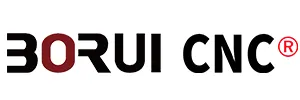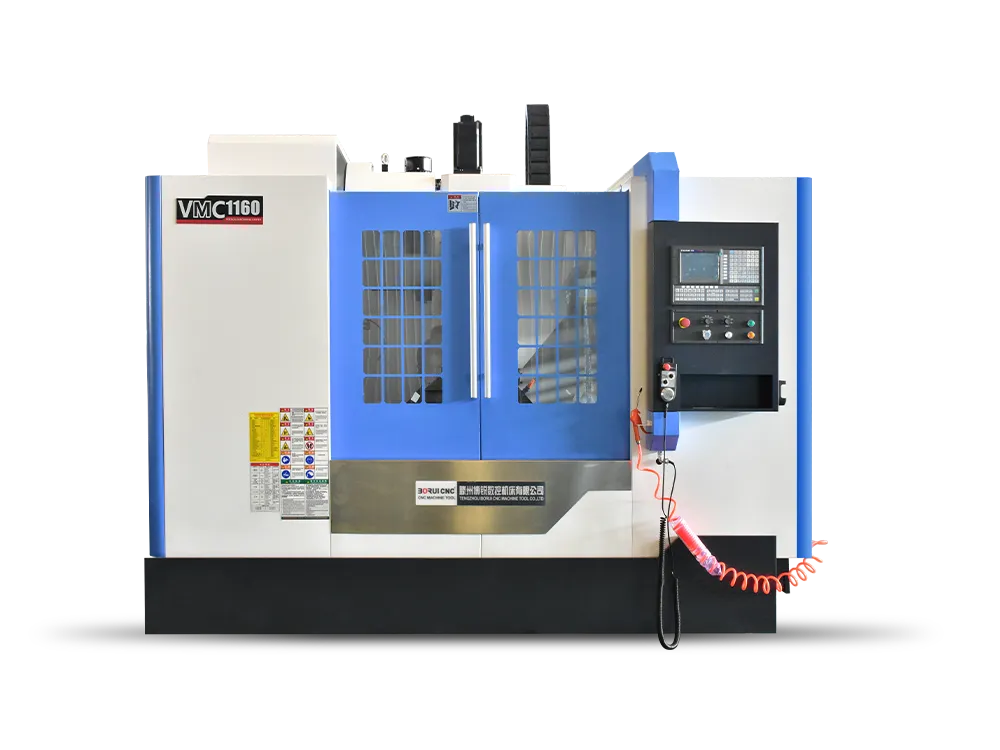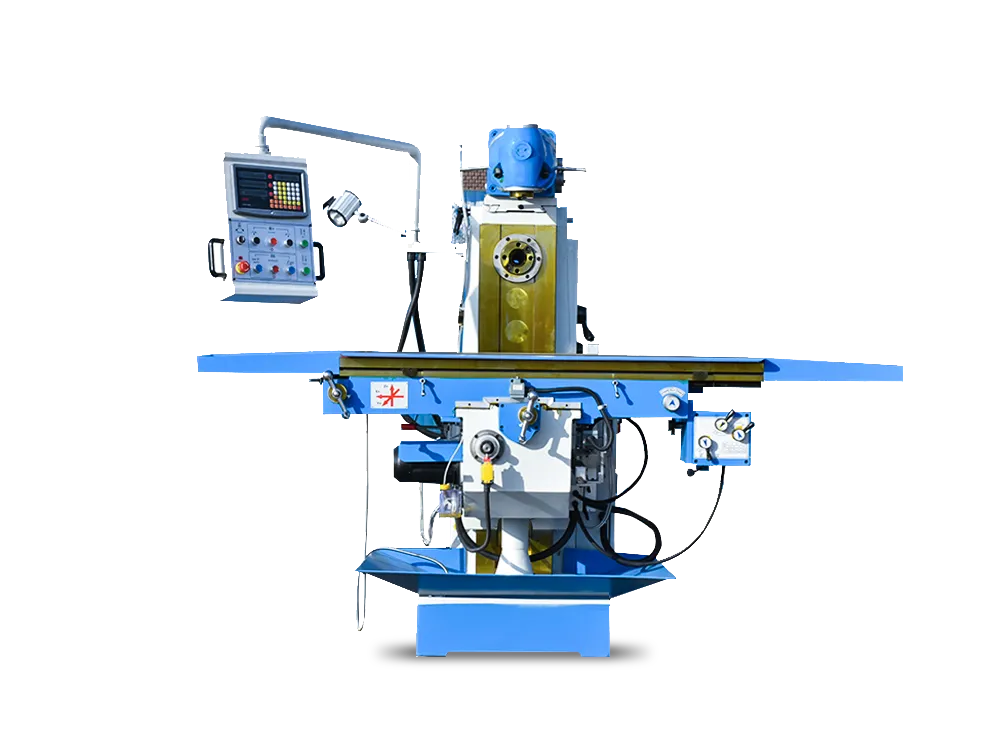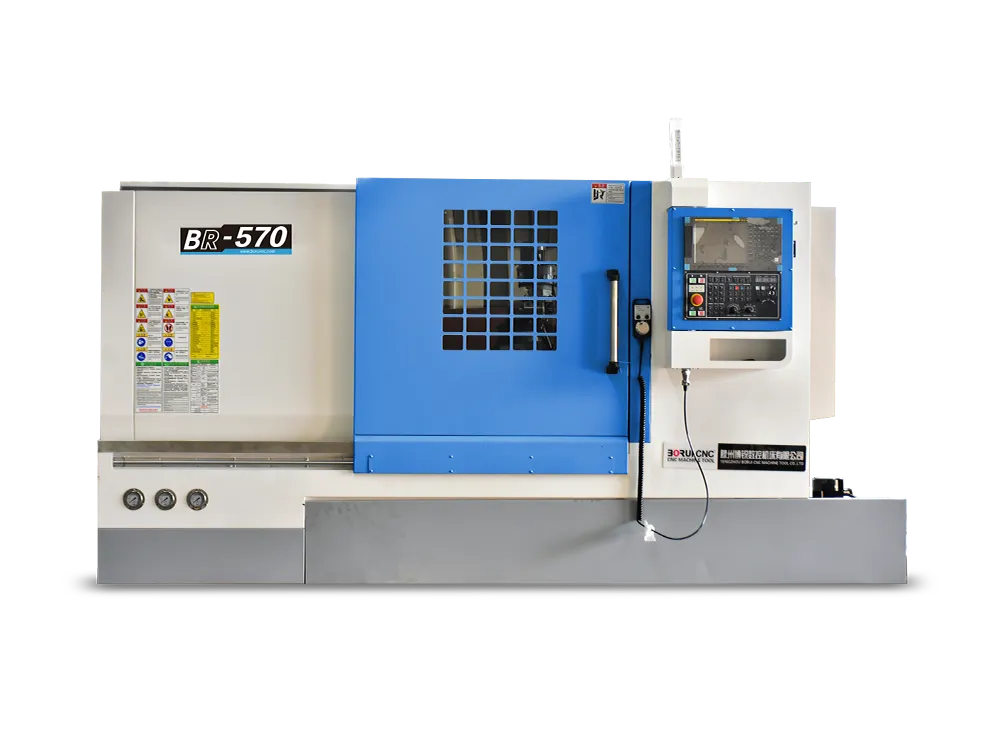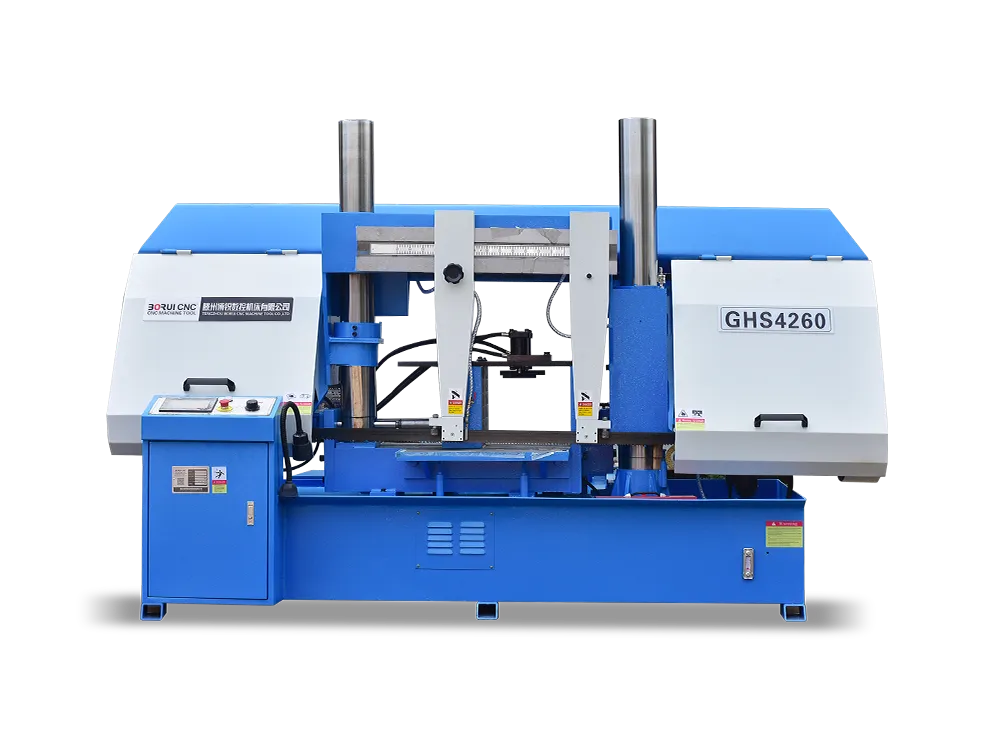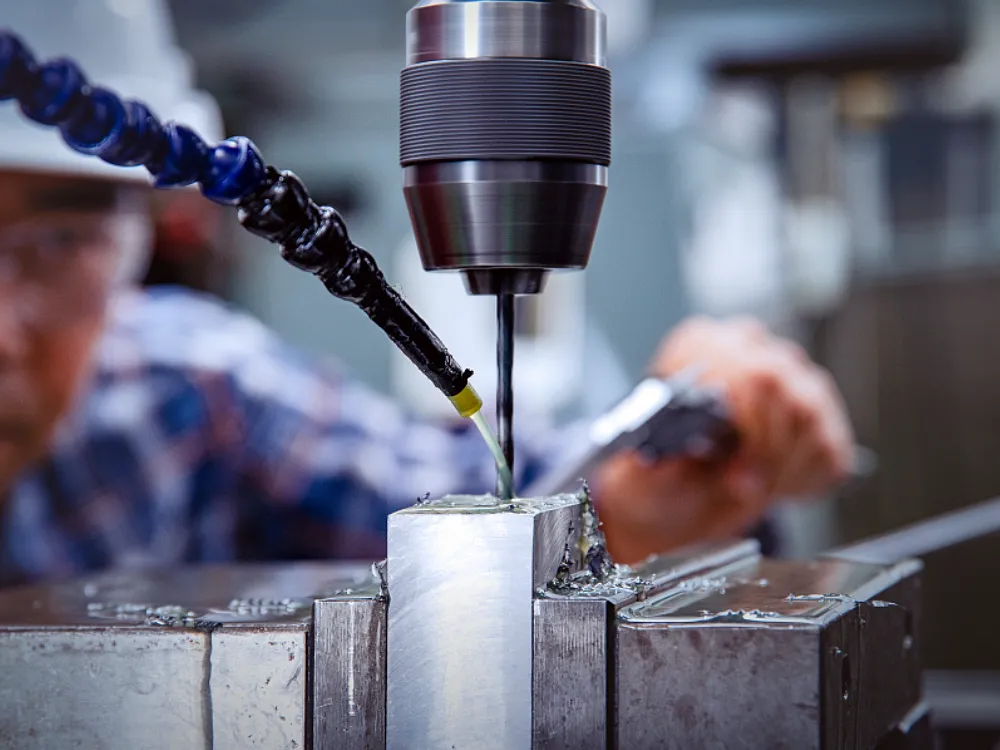
CNC machining has revolutionized many industries. It offers precision and a quick turnaround. Intricate designs that used to take days can be completed in minutes. This technology is the result of many decades of effort. The history of CNC machining dates back to the 1950s.
John T. Parsons is considered the central brain behind this technology. However, many other engineers also contributed to this CNC machining system. I cannot mention all of the efforts in one paragraph. Therefore, this guide is dedicated to the history of CNC machines and the people behind them. You’ll learn all the evolutions.
What is CNC Machining?
CNC machining is a modern manufacturing process that uses a computerized system. CNC stands for Computerized Numerical Control. CNC machining uses an automated system to cut and shape the materials. This machining system gives 100% precision even when working with complex designs.
In the past, the machines were manual. Human labor was needed to work with machines. Things have changed now. CNC machining does not require sizable human labor. Instead, a computer controls the whole mechanism of the machines.
The design, in the form of codes, goes to the computer. The machines have cutting tools. These tools follow the computer’s commands. So, the computer, after reading the code, sends instructions to the tools. As a result, the cutting tools move according to computerized instructions.
As a computer runs the machine, chances of error are minimal. The manufacturers get the design of the part 100% accurate. No matter how complex the shape you need, CNC machines never disappoint. All you have to do is to create a design. The computerized system of machines will take care of everything.
History of CNC Machining
The CNC machining is not new. It might sound like modern technology. However, its foundation dates back to the 1950s. It underwent many improvements and technological advancements. The CNC machines you see today are the result of years of effort. Let’s drill down and discuss everything from the beginning.
1- Early Days of CNC Machining
Manufacturing aircraft components took a lot of time during World War II. As you know, airplane components need 100% precision. Achieving such precise parts with manual work was challenging and time-consuming. These two issues made the production process too slow.
This led engineers to develop a way to make the parts quickly. Around 1948, John T. Parsons made the first helicopter rotor blades using NC. At that time, engineers were not very focused on this machining system. Remember that John T. Parsons used to work in the US Air Force.
In 1949, the US Air Force started funding MIT. The main focus of this funding was to achieve automated control systems in machines. This funding proved to be game-changing. John Runyon invented the first Numerical machine.
This machine was not fully automated. It needed human labor. However, it was the first step to CNC machining. The 1950s is considered the primary revolutionary year of CNC machines. The first CNC milling machine was invented in 1952.
The engineers faced the issue of coded instructions. However, they found the solution in the form of G-code. It was used as an input language, and the computer read these G-coded instructions. As a result, the tools moved and cut the material according to the computerized instructions.
Quick Highlight: The Parsons led the foundation of CNC machines. His efforts are always cherished and appreciated. In 1968, the Numerical Control Society awarded him with awards for his early work. Later, in 1975, he also received an honorary plaque. He is remembered as the father of the second industrial revolution.
2- Revolution of Digital Computers
In the early 1960s, numerical control machines were not very quick. They involved maximum human labor. Although these machines offered optimal precision, speed was an issue. The engineers developed the first digital computer for CNC machines.
The integration of this computer into CNC machines was a breakthrough. The computer could store codes and retrieve them, allowing the same design to be repeated. This computer integration in the CNC machines helped in the mass production of parts. The manufacturers were able to achieve a quick turnaround.
Later, numerical machines started to come into the market with digital computers. At that time, it was considered a significant innovation. By the end of the 1960s, CNC machines were able to achieve precision up to 1/1000th. There was one problem left, which was to develop a common language for CNC machines.
These CNC machines were becoming famous. However, due to newer technology, these machines were costly. Only more prominent brands or manufacturers could afford them. However, the future looked promising.
3- Advancements in Software
The CNC machines are 100% accurate. They make the shape according to the design. But what if the design has some faults? The CNC following the given design will make a faulty, inaccurate shape. This issue was common in the starting days.
The man-made design was not 100% accurate. However, in the 1970s, two software programs, CAD and CAM, were introduced. They solved the issue of design accuracy. The designer used CAD software to create the part’s shape. The designs created by CAD are very accurate.
Moreover, the CAD software allows the designer to make minor changes if there are any issues. The CAM (Computer Aided Manufacturing) software was also beneficial. This software converts the computer-aided design into codes.
These codes contain design instructions that are fed to the computer. The cutting tools follow these instructions when working. So, the issue of design imperfection was resolved due to these two softwares. It won’t be wrong to say that these two tools make CNC 100% automated.
The CNC evolution has taken over now. You’ll see many different types of those machines. Each is suitable for specific purposes. Machines with different axes are also available. Above all, these modern machines are relatively less expensive. It won’t be wrong to say these machines have become must-haves for manufacturers.
Point to Remember: CNC machines made in the 1950s were based on punched tapes. They did not have computerized programs, and the cutting tools were dependent on punched tapes for their movement. Computer programs came into existence in the late 1960s.
When Was CNC Machining Invented?
The history of CNC machining is discussed in the above section. This helpful technology took 70-plus years to reach its current level. Many engineers and pioneers worked hard to bring this technology to the world.
The working of CNC machines started just after World War II. However, in 1948, John T. Parsons made the first blades for helicopters. During this manufacturing, he used the NC machine. This NC machine was a starting point for CNC machining.
However, the first working CNC machine was invented in 1952. The US Air Force funded MIT (Massachusetts Institute of Technology). This institute made the first Hydro-Tel vertical milling machine. Keep in mind that this machine was based on punched tape. These punched tapes were responsible for the movement of the machines.
What Was the First CNC Machine?
As I said earlier, the first NC machine was made in 1952. It was a Cincinnati Hydro-Tel vertical milling machine used to drill holes. This machine did not have a computerized controller or be 100% automated.
Instead of following instructions, it uses punched tapes, which help the tools move. Keep in mind that this machine has many limitations. However, its accuracy was better compared to manual machining. MIT (Massachusetts Institute of Technology) led the foundation of modern CNC machining.
When Did CNC Machining Become Popular?
The idea of CNC machining was always popular. In fact, from the very start, engineers knew the CNC-based machines would bring revolution. However, in the 1960s, these machines started to make an impact. The primary reasons behind their popularity were:
- Quick turnaround and easing the bulk productions
- 100% precision in making parts and intricate designs
In the 1960s, design was a bit tricky, leading to inaccurate outputs. However, after the introduction of software, things changed quickly. Those software include CAM and CAD. The manufacturers became able to make the design according to their needs.
The first computer-aided design was made in 1976. What made the CAD system famous was its adjustability. If you make any errors, that’s not a big issue. The software saves previous designs so the designer can make adjustments.
Speed and accuracy were already at the top. Software such as CAM and CAD further automated CNC machining. Due to this automation, CNC machines don’t need much labor, which cuts down the expense of labor. These factors have made CNC machining very popular since the early days.
What Impact Did CNC Machining Have on the World?
CNC machines revolutionized many industries. Manufacturing processes that used to take months are now completed in days. These machines have a significant impact on the aerospace and automobile industries, both of which got a big boost.
As you know, the components of vehicles and airplanes need precision. Small mistakes can be lethal. Making those parts with humans involved can result in inaccuracy. CNCs are used in these industries to make parts 100% precise.
Many companies have improved their production. In the past, auto manufacturers were very limited. The human had to make the parts and components. However, with CNC machines, the components are made in no time. This has lifted their production in bulk. The usage of CNC has become common.
One thing that is usually overlooked is cost-effectiveness. Before the 1950s, companies relied heavily on human labor. The labor was both time-consuming and expensive. However, the usage of CNC has reduced the need for labor. You won’t have to spend money on labor. This is a big plus for companies to cut the price of their products.
Quick Highlight: It is no mistake that CNC has changed the manufacturing shape. This technology is still evolving, and it will keep on changing things. Till now, it has impacted all industries and uplifted both precision and production.
How Has CNC Machining Evolved in the 21st Century?
If you compare NOW with THEN, you’ll see a big difference. In the past, the CNC machines were minimal. There were fewer options. However, currently, you get different types of CNC machines. Each of those is specialized for specific work. Here is the list of some machines:
- CNC milling
- CNC turning
- CNC laser cutting
- CNC plasma cutting
- CNC electrical discharge machining (EDM)
The list goes on! The manufacturers use these types of machines to make their work more effective. Recently, CNC machines with multiple axes have been introduced. These machines add more precision and speed to production.
In the past, CNC machine cutting tools had minimal movement. Now, machines can move in many axes, allowing the tools to move and cut the material in a very complex shape. Software such as CAN can easily create 3D models. You’ll see even more advancement in the future.
What Industry Uses CNC Machining?
This question needs to be corrected. It should have been: What industry does not use CNC machining? Almost every modern manufacturing industry relies on these machines. In the early days, only more prominent brands and manufacturers used them.
This was due to the higher prices of the machines. However, many CNC machine manufacturers are in the market. Due to such competition, each brand tries to get ahead of its competitors. In this race, the prices of machines have come down.
Due to this, smaller manufacturers are also adopting CNC machining. The primary industries that use CNC machines are aerospace and automobiles. I have provided a table showing the list of industries and their usage of CNC machines in the section below.
| Industry | Parts Made with CNC Machines |
| Aerospace | Engine components, turbine blades, landing gear parts, structural components, brackets |
| Automotive | Engine blocks, cylinder heads, gearboxes, transmission housings, custom car parts |
| Medical | Surgical instruments, orthopedic implants, dental implants, prosthetic components, medical devices |
| Electronics | Circuit boards, heat sinks, connectors, enclosures, small metal components |
| Military and Defense | Weapon components, aircraft parts, vehicle parts, communication equipment, surveillance systems |
Remember that almost every manufacturing industry uses CNC machines to some extent. However, the industries mentioned above rely on CNC machines 100%. Simply put, these industries cannot sustain themselves without them. Above all, the usage of CNC-based machines is increasing daily.
Frequently Asked Questions
Q1: What is the difference between NC and CNC machining?
The NC indicates Numerical Control while CNC stands for Computer Numerical Control. Both are similar in terms of controlling a machine through coded instructions. However, CNC machines use computerized programs for their work. NC does not use such programs.
Q2: Who invented CNC Machining?
John T. Parsons and Richard Kregg are considered the inventors of CNC machining. They play a crucial role while working at MIT. They succeeded in making the Cincinnati Hydro-Tel vertical milling machine.
Q3: Why is CNC machining better than old manufacturing methods?
CNC machines can easily create complex shapes. Their precision is 100%, and they offer very quick outputs. Moreover, their involvement in automation saves the cost of hiring laborers. Due to these benefits, CNC machining is preferred over old techniques.
Q4: Where was CNC machining created?
The first CNC machines were created at MIT (Massachusetts Institute of Technology). The US Air Force funded this institute. John T. Parsons and Richard Kregg were the main brains behind this creation.
Q5: Who is the father of CNC machining?
John T. Parsons is known as the father of CNC machining. Along with Richard Kegg, he invented the first CNC machine at MIT in 1952. His efforts in CNC machines are genuinely recognized. Moreover, he also made helicopter blades by using NC in 1948.
Conclusion
CNC machining has become a must for manufacturers. It produces complex parts and shapes with 100% precision and accuracy. Many people believe that CNC machining is not very old. This is wrong, as the efforts behind this technology started back in the 1950s.
What you get today is the result of continuous advancement. In the start, these CNC machines had compromised precision and speed. However, the engineer kept on working and improving. Today, different types of machines are available. Let’s thank and appreciate all who worked in the past.
